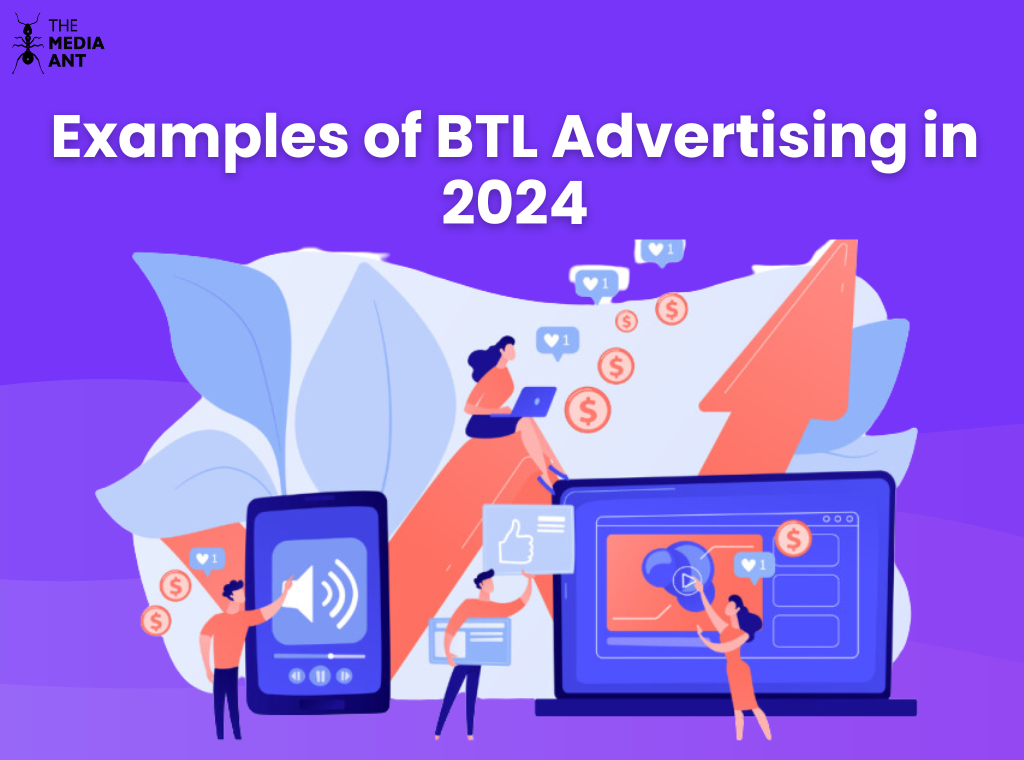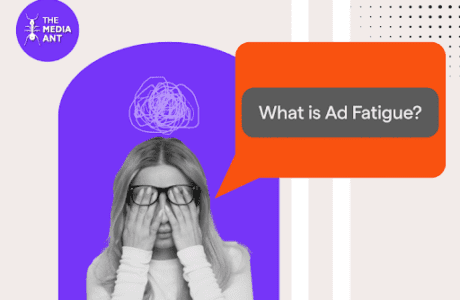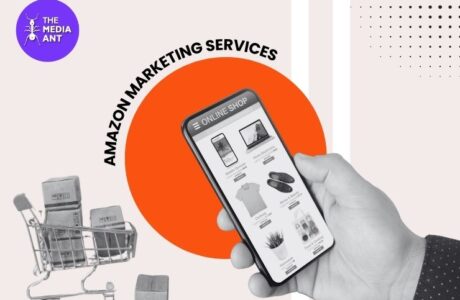In 2025, Below-the-Line (BTL) advertising is evolving rapidly, offering brands more opportunities to connect with their audiences in meaningful and personalized ways. Unlike traditional Above-the-Line (ATL) advertising, which focuses on broad, mass-market strategies, BTL advertising targets specific groups through direct, often interactive, methods. This article explores 14 trending examples of BTL advertising in 2025, providing insights into how these strategies are being used to engage and convert customers.
12 Examples of BTL Advertising that are in Trend
1. Mall Activations
Mall Activations are a very popular BTL Advertising form, this advertising form is a very traditional way of advertising since its inception and it is very effective too. The activations communicate a clear message to the audience about the brand.
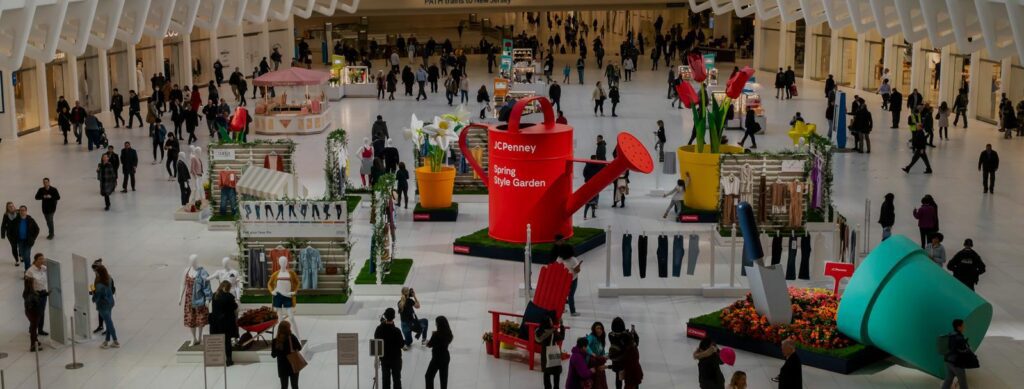
2. In-shop Marketing
In-shop marketing involves promoting products directly within a retail environment to enhance customer engagement and drive sales. Tactics include attractive displays, interactive kiosks, and in-store promotions. For example, a clothing store might set up a themed display featuring their latest collection, offer a digital kiosk for virtual try-ons, and provide exclusive in-store discounts to encourage immediate purchases, thereby creating a more immersive shopping experience.
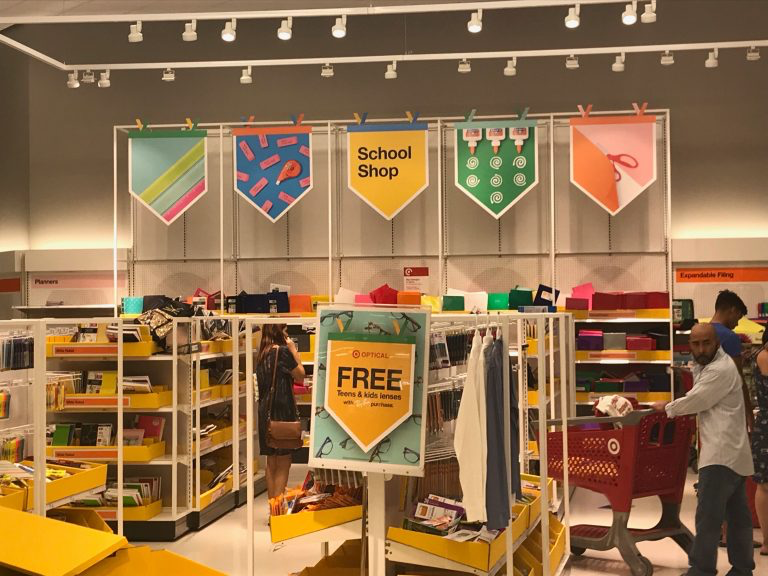
3. General Trade Activations
Trade activations are marketing activities designed to stimulate sales and increase brand awareness within the trade channel. They focus on building strong relationships with distributors, retailers, and other key stakeholders to drive product visibility and availability. Here are some common elements and strategies involved in general trade activations.
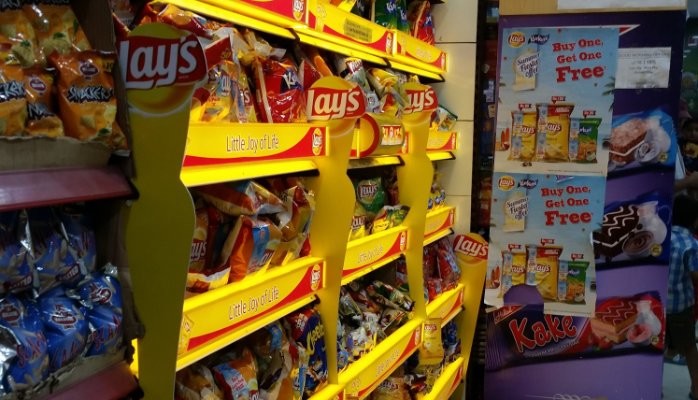
4. Modern Trade Activations
Modern trade activations focus on engaging consumers through organized retail channels such as supermarkets, hypermarkets, and large retail chains. These activations leverage the structured and expansive reach of modern retail environments to enhance brand visibility and drive sales. Here are the key components, strategies, and metrics for effective modern trade activations
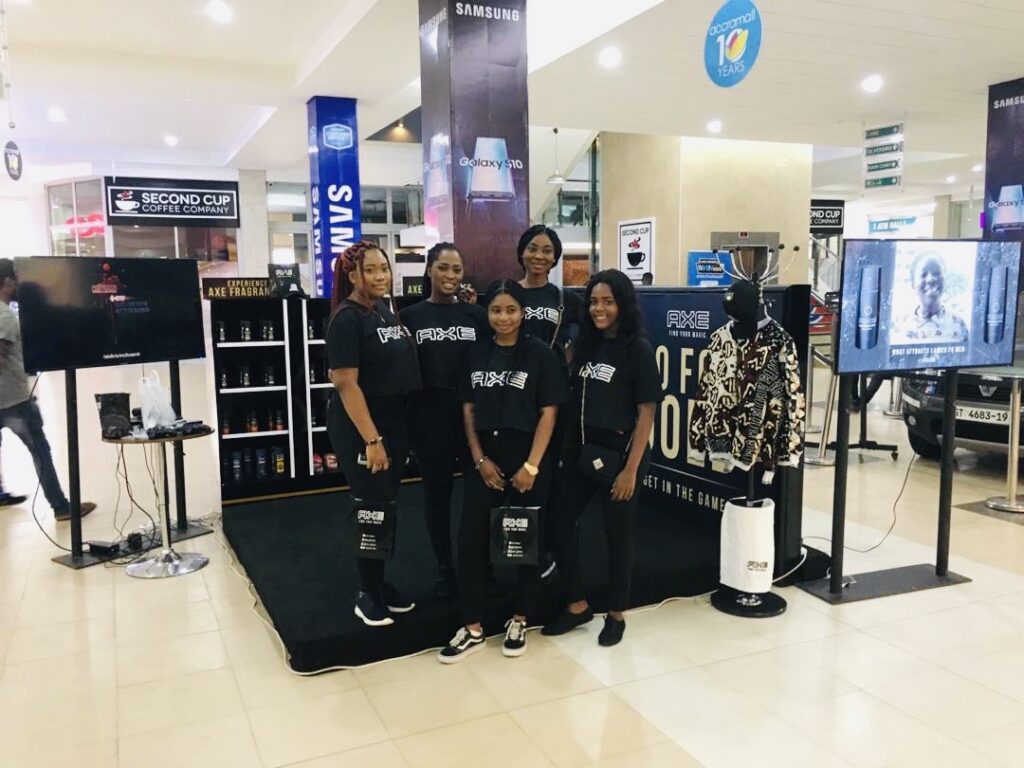
5. Corporate Activations
Corporate activations are initiatives designed to engage employees, partners, and other stakeholders within a corporate environment. These activities aim to build brand loyalty, enhance company culture, and promote internal and external collaboration. Here are the key components, strategies, and metrics for effective corporate activations.

6. Road Shows & Contact Programs
Road shows and contact programs are dynamic marketing initiatives aimed at creating direct engagement with target audiences in multiple locations. These activations are designed to build brand awareness, foster personal connections, and drive sales by bringing the brand experience to the consumers. Here are the key components, strategies, and metrics for effective road shows and contact programs.

7. Door-to-Door Marketing
Door-to-door marketing is a traditional and direct form of outreach where sales representatives visit potential customers at their homes or offices to promote and sell products or services. This approach allows for personal interaction, immediate feedback, and the opportunity to address customer concerns directly. Here are the key components, strategies, and metrics for effective door-to-door marketing.

8. Pop-up Events and Shops
Pop-up events and shops provide a tangible, in-person experience that can generate significant buzz and engagement. These temporary setups allow brands to interact directly with consumers, offering exclusive deals, interactive activities, and unique experiences that can’t be replicated online.
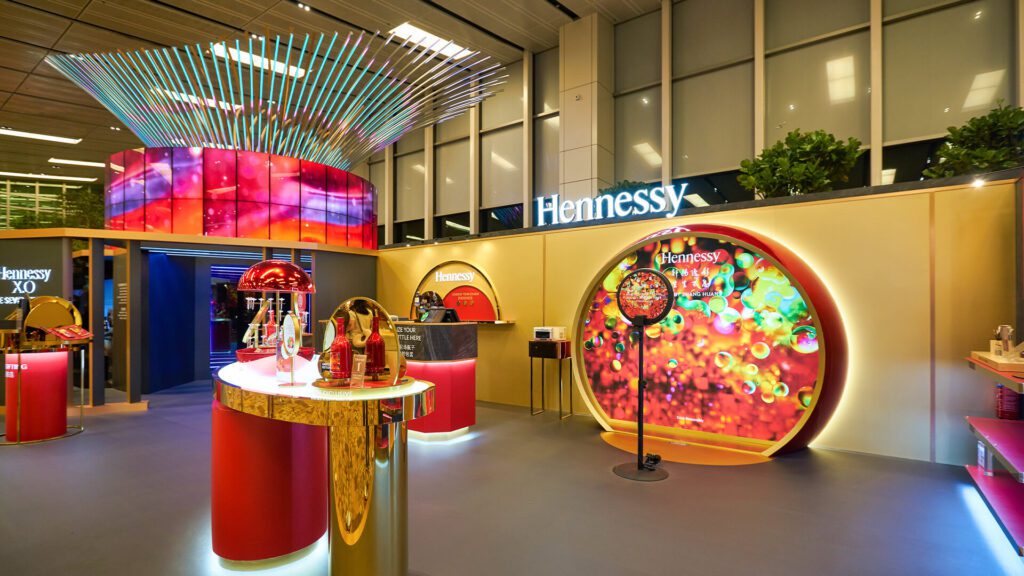
9. Interactive Digital Signage
Interactive digital signage captures attention with dynamic content that responds to viewer interactions. From touchscreens to motion sensors, these signs can deliver tailored messages and collect data on consumer behavior. This technology is particularly effective in retail environments, where it can provide product information, promotions, and interactive experiences.
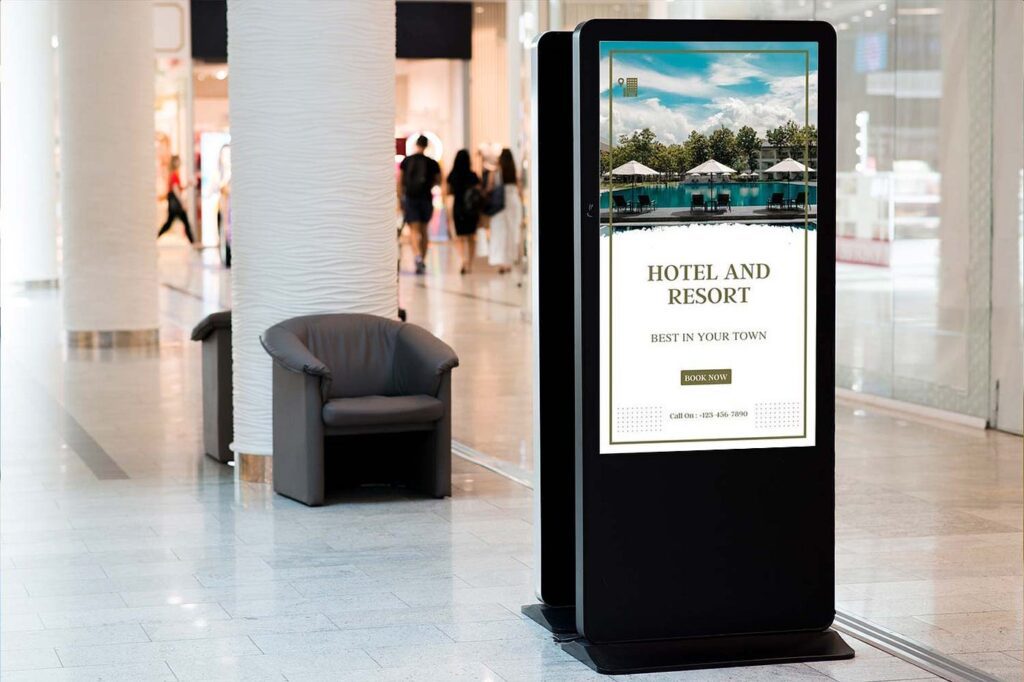
10. Hyperlocal Advertising
Hyperlocal advertising targets consumers in a specific geographic area, using techniques like geo targeted social media ads, local SEO, and community sponsorships. By focusing on a precise location, brands can ensure that their marketing efforts reach the right audience at the right time.

11. Community Involvement and Sponsorships
Community involvement and sponsorships allow brands to build strong local connections and enhance their reputation. By supporting local events, sports teams, or charitable causes, brands can demonstrate their commitment to the community and foster loyalty among local consumers.

12. SMS Marketing
SMS marketing remains a powerful BTL strategy with high open and response rates. By sending targeted text messages with special offers, reminders, or updates, brands can communicate directly with consumers in real time. This direct approach ensures that messages are seen and acted upon quickly.
The Media Ant is a powerhouse in the advertising world, excelling in the art of planning and securing prime media space. With their expert touch, they help businesses hit the bullseye, strategically placing ads across both traditional and digital channels to ensure they captivate their target audiences.
FAQs Related to Examples of BTL Advertising
1) What is an example of a BTL ad?
An example of a BTL ad is a personalized email campaign that targets individual recipients with customized content and offers based on their preferences and behaviors. This direct approach ensures that the message is relevant and engaging, leading to higher engagement and conversion rates.
2) How does BTL advertising differ from ATL advertising?
BTL advertising focuses on targeted, direct communication with specific audiences, often using personalized and interactive methods. In contrast, ATL (Above-the-Line) advertising aims for mass reach through traditional media like TV, radio, and print. BTL advertising is typically more cost-effective and measurable, allowing for greater precision in targeting and higher engagement rates.
3) What are the benefits of using BTL advertising strategies?
BTL advertising strategies offer several benefits, including higher engagement rates, personalized customer experiences, better ROI through targeted efforts, and the ability to measure and analyze campaign effectiveness in real-time. These strategies also allow brands to build stronger relationships with their audience by delivering relevant and meaningful content.
4) What types of businesses benefit most from BTL advertising?
Businesses that benefit most from BTL advertising include those with niche markets, local businesses, startups, and companies seeking to build strong customer relationships through personalized and interactive marketing efforts. BTL strategies are particularly effective for businesses that want to engage specific audiences and drive direct responses.
5) What are some cost-effective BTL advertising techniques for small businesses?
Cost-effective BTL advertising techniques for small businesses include personalized email campaigns, social media ads, community involvement and sponsorships, SMS marketing, and interactive content such as quizzes and polls. These methods provide high engagement without requiring large budgets, making them ideal for small businesses looking to maximize their marketing efforts.

